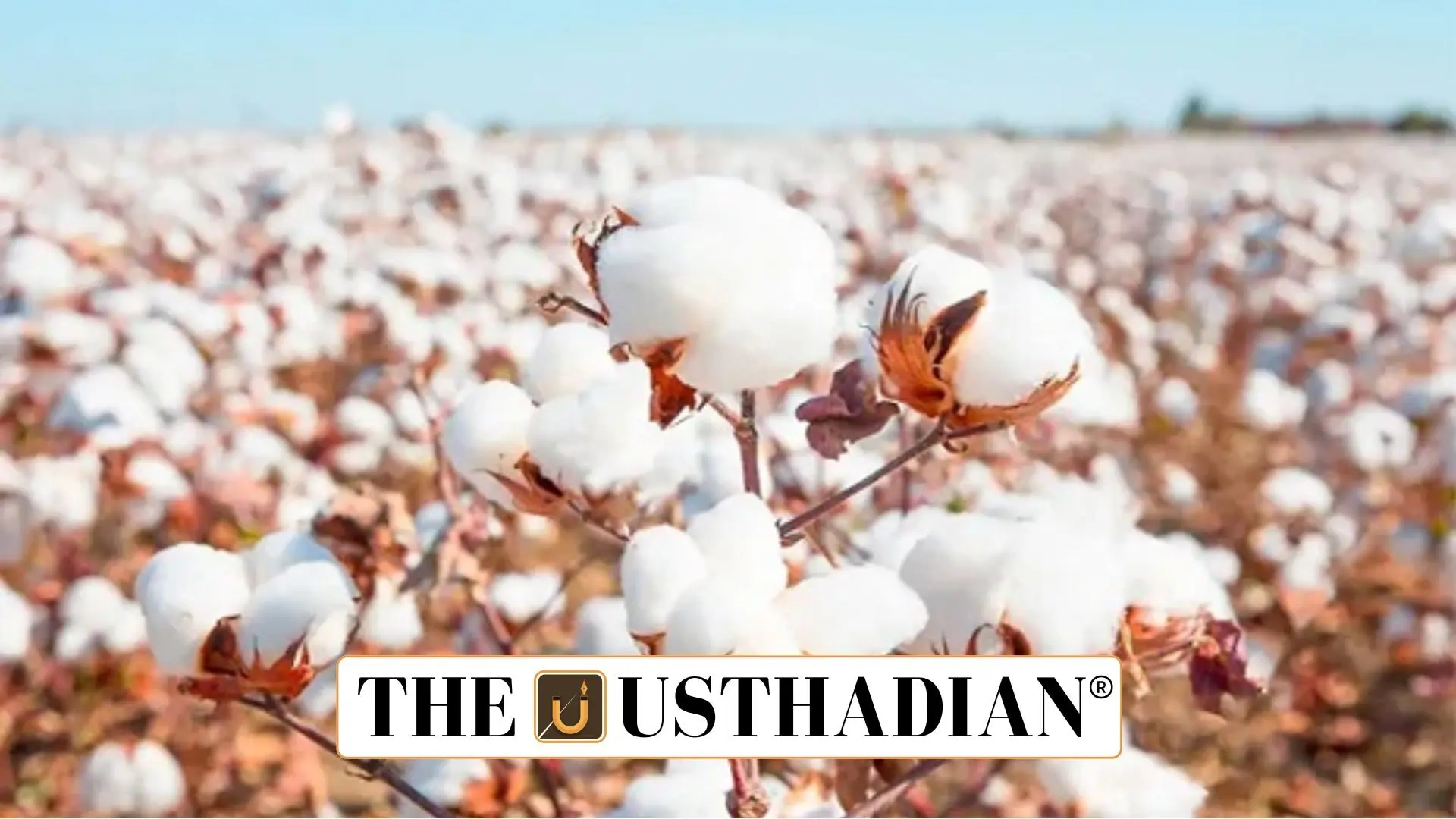Cotton farming gains ground
Punjab Sees Cotton Revival with 20 Percent Growth in 2025: Punjab’s farmlands are showing signs of transformation. This year, cotton cultivation in the state has seen a sharp 20% rise, with nearly 2.98 lakh acres now under cotton crops. Compared to 2.49 lakh acres in 2024, this jump of about 49,000 acres marks a significant shift in farmer preferences. Behind this growth lies a focused crop diversification policy that is gradually weaning farmers off water-heavy paddy.
This push is most visible in Fazilka, Mansa, Bathinda, and Sri Muktsar Sahib. These districts have long histories with cotton, but recent years saw a decline due to pest attacks and high production costs. Now, state-led efforts are bringing cotton back to life in these regions.
Subsidies attract more growers
One major reason for the spike is the 33% subsidy on cotton seeds being provided by the Punjab government. This financial support lowers the entry cost for farmers, making cotton a more attractive option than in previous years. Subsidies like this not only reduce expenses but also instill confidence in growers to shift crops.
This policy is backed by real-time implementation through a digital registration drive, making the system more transparent and accessible. Over 49,000 farmers have already signed up online, and registration is open until June 15.
Digital tools take the lead
The push towards online registration shows how Punjab is blending tradition with technology. Chief Agriculture Officers across the state have been told to ensure 100% farmer registration, giving the government better tracking of seed distribution, farmer outreach, and subsidy coverage. It also helps in eliminating middlemen, ensuring benefits reach the intended hands.
Why move away from paddy?
Punjab has long relied on paddy as its dominant crop, but the toll on groundwater resources is now widely recognized. Cotton, though not without its challenges, requires far less water than paddy. Encouraging cotton cultivation is a move towards sustainable farming that balances profitability with environmental care.
This is part of a bigger plan to bring Punjab in line with long-term agricultural goals. India, historically the second-largest cotton producer after China, has a legacy of cotton-based economies. Reviving this crop in Punjab ties the state back to its pre-Green Revolution roots.
State efforts are paying off
From seed subsidies to digital inclusion, the Punjab government is showing a proactive stance. The message is clear: agriculture must adapt. Cotton is no longer just a gamble—it’s becoming a planned part of the farming landscape again.
Static Usthadian Current Affairs Table
| Summary | Details |
| Total Cotton Area (2025) | 2.98 lakh acres |
| Total Cotton Area (2024) | 2.49 lakh acres |
| Increase | 49,000 acres (approx. 20%) |
| Top Producing Districts | Fazilka, Mansa, Bathinda, Sri Muktsar Sahib |
| Government Subsidy | 33% on cotton seeds |
| Registration Deadline | June 15, 2025 |
| Registered Farmers So Far | 49,000+ |
| Crop Diversification Target | Reduce reliance on paddy |
| Digital Move in Agriculture | Online registration for cotton cultivation |
| Historic Cotton Producer Rank | Second-largest globally (after China) |








